"The Daughters of the Late Colonel" is a 1920 [1] short story by Katherine Mansfield. It was first published in the London Mercury in May 1921, [2] and later reprinted in The Garden Party and Other Stories . [3]
"The Daughters of the Late Colonel" is a 1920 [1] short story by Katherine Mansfield. It was first published in the London Mercury in May 1921, [2] and later reprinted in The Garden Party and Other Stories . [3]
In bed, Constantia suggests giving her late father's top hat to the porter, but her sister Josephine disagrees. After thinking about letters to be sent to Ceylon, they hear a noise coming from a mouse. Constantia thinks how sad it must be for the mouse with no crumbs around. The last time the sisters saw their father, Nurse Andrews was stationed by the bedside; the Colonel opened only one eye, glaring at his daughters before dying. Nurse Andrews, whom they invited to stay for a week after the Colonel died, is annoying them by overeating. Mr. Farolles, a clergyman who offers to arrange the funeral, visits and suggests they take Holy Communion, to feel better, but the sisters demur.
Two mornings later, the daughters go to sort out their father's belongings. Josephine feels he would have been angry at the cost of the funeral. They consider sending their father's watch to their brother, Benny, but are concerned that there is no postal service there. They think of giving the watch to their nephew, Cyril. As they talk about the watch, they recall Cyril coming over for tea, and their conversation.
Kate the maid asks boldly how the sisters want their fish cooked for dinner, for which they could not give a straight answer, so that Kate had to decide how the fish has to be cooked, which eventually leads them to decide about firing Kate. They wonder whether she snoops inside their dresser drawers. They hear a barrel organ and realize they need not stop it, because it no longer disturbs their father. They wonder how things would be, if their mother, who died in Ceylon, were still alive. They've never met men, except perhaps in Eastbourne. Finally, the sisters talk about their future, but cannot remember what they wanted to say.
This short story is written in the modernist mode, without a set structure, and with many shifts in narrative.

Kathleen Mansfield Murry was a New Zealand writer and critic who was an important figure in the modernist movement. Her works are celebrated across the world, and have been published in 25 languages.

John Jacob Astor IV was an American business magnate, real estate developer, investor, writer, lieutenant colonel in the Spanish–American War, and a prominent member of the Astor family. He was among the most prominent American passengers aboard RMS Titanic and perished along with 1,495 others when the ship sank on her maiden voyage. Astor was the richest passenger aboard the RMS Titanic and was thought to be among the richest people in the world at that time, with a net worth of roughly $87 million when he died.
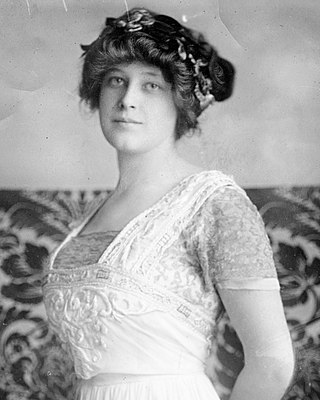
Madeleine Talmage Dick was an American socialite and a survivor of the RMS Titanic. She was the second wife and widow of businessman John Jacob Astor IV.
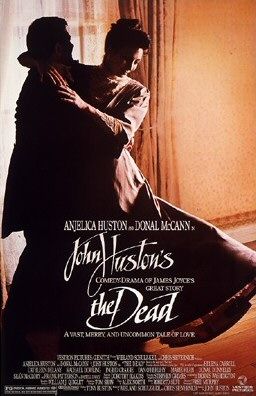
The Dead is a 1987 drama film directed by John Huston, written by his son Tony Huston, and starring his daughter Anjelica Huston. It is an adaptation of the short story of the same name by James Joyce, which was first published in 1914 as the last story in Dubliners. An international co-production between the United Kingdom, the United States, and West Germany, the film was Huston's last as director, and it was released several months after his death.
"Bliss" is a modernist short story by Katherine Mansfield first published in 1918. It was published in the English Review in August 1918 and later reprinted in Bliss and Other Stories.

Edith Marie Blossom MacDonald, also known as Blossom Rock, was an American actress of vaudeville, stage, film and television. During her career she was also billed as Marie Blake or Blossom MacDonald. Her younger sister was screen actress and singer Jeanette MacDonald. Rock is probably best known for her role as "Grandmama" on the 1960s macabre/black comedy sitcom The Addams Family.

Carry On Nurse is a 1959 British comedy film, the second in the series of 31 Carry On films (1958–1992). Of the regular team, it featured Joan Sims, Kenneth Williams, Kenneth Connor and Charles Hawtrey, with Hattie Jacques and Leslie Phillips. The film was written by Norman Hudis based on the play Ring for Catty by Patrick Cargill and Jack Beale. It was the top-grossing film of 1959 in the United Kingdom and, with an audience of 10.4 million, had the highest cinema viewing of any of the "Carry On" films. Perhaps surprisingly, it was also highly successful in the United States, where it was reported that it played at some cinemas for three years. The film was followed by Carry On Teacher 1959.
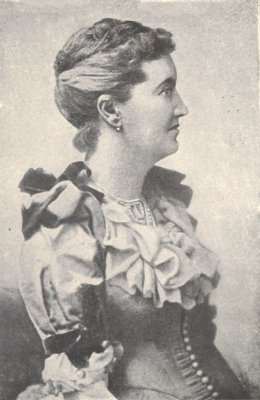
Elizabeth Thomasina Meade Smith (1844–1914), writing under the pseudonym L. T. Meade, was a prolific writer of girls' stories. She was born in Bandon, County Cork, Ireland, daughter of Rev. R. T. Meade, of Nohoval, County Cork. She later moved to London, where she married Alfred Toulmin Smith in September 1879.
"The Garden Party" is a 1922 short story by Katherine Mansfield. It was first published in three parts in the Saturday Westminster Gazette on 4 and 11 February 1922, and the Weekly Westminster Gazette on 18 February 1922. It later appeared in The Garden Party and Other Stories. Its luxurious setting is based on Mansfield's childhood home at 133 Tinakori Road, the second of three houses in Thorndon, Wellington that her family lived in.
"Je ne parle pas français" is a short story by Katherine Mansfield. She began it at the end of January 1918, and finished it by February 10. It was first published by the Heron Press in early 1920, and an excised version was published in Bliss and Other Stories later that year.
"Mr and Mrs Dove" is a 1921 short story by Katherine Mansfield. It was first published in The Sphere on 13 August 1921, and later reprinted in The Garden Party and Other Stories.
"The Voyage" is a 1921 short story by Katherine Mansfield. It was first published in The Sphere on 24 December 1921, and later reprinted in The Garden Party and Other Stories.

Ruth Clifford was an American actress of leading roles in silent films whose career lasted from that era into the television era.

Ruth Donnelly was an American film and stage actress.

The Garden Party and Other Stories is a 1922 collection of short stories by the writer Katherine Mansfield.

Mary Boleyn, also known as Lady Mary, was the sister of English queen consort Anne Boleyn, whose family enjoyed considerable influence during the reign of King Henry VIII.

Hannah Woolley, sometimes spelled Wolley, was an English writer who published early books on household management; she was probably the first person to earn a living doing this.
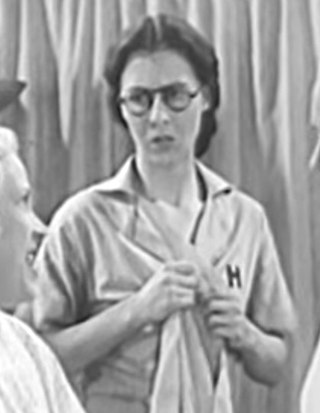
Mary Field was an American film actress who primarily appeared in supporting roles.

The Middleton family is an English family that has been related to the British royal family by marriage since the wedding of Catherine Middleton to Prince William in April 2011, when she became the Duchess of Cambridge. The couple have three children: George, Charlotte and Louis. Tracing their origins back to the Tudor era, the Middleton family of Yorkshire of the late 18th century were recorded as owning property of the Rectory Manor of Wakefield with the land passing down to solicitor William Middleton who established the family law firm in Leeds which spanned five generations. Some members of the firm inherited woollen mills after the First World War. By the turn of the 20th century, the Middleton family had married into the British nobility and, by the 1920s, the family were playing host to the British royal family.
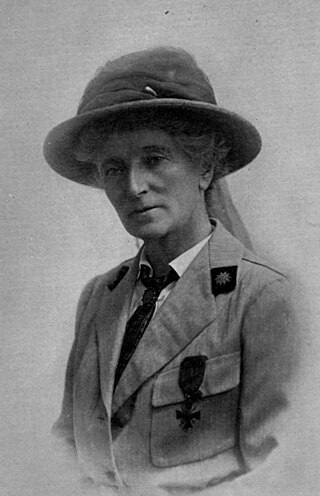
Katherine Mary Harley was a suffragist. In 1913 she proposed and organised the Great Pilgrimage on behalf of the National Union of Women's Suffrage Societies. During the First World War she helped to found and organise the Women's Emergency Corps.